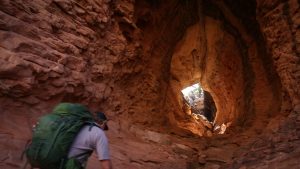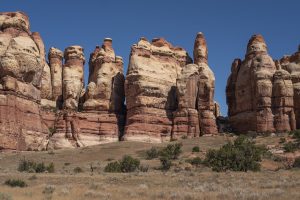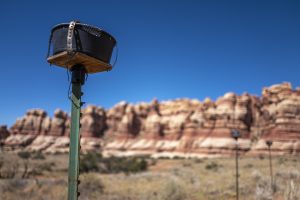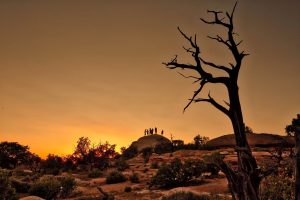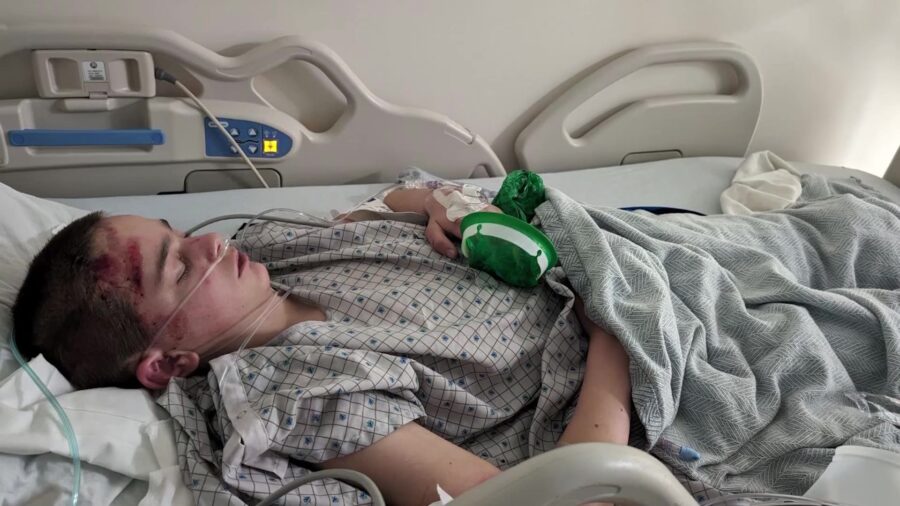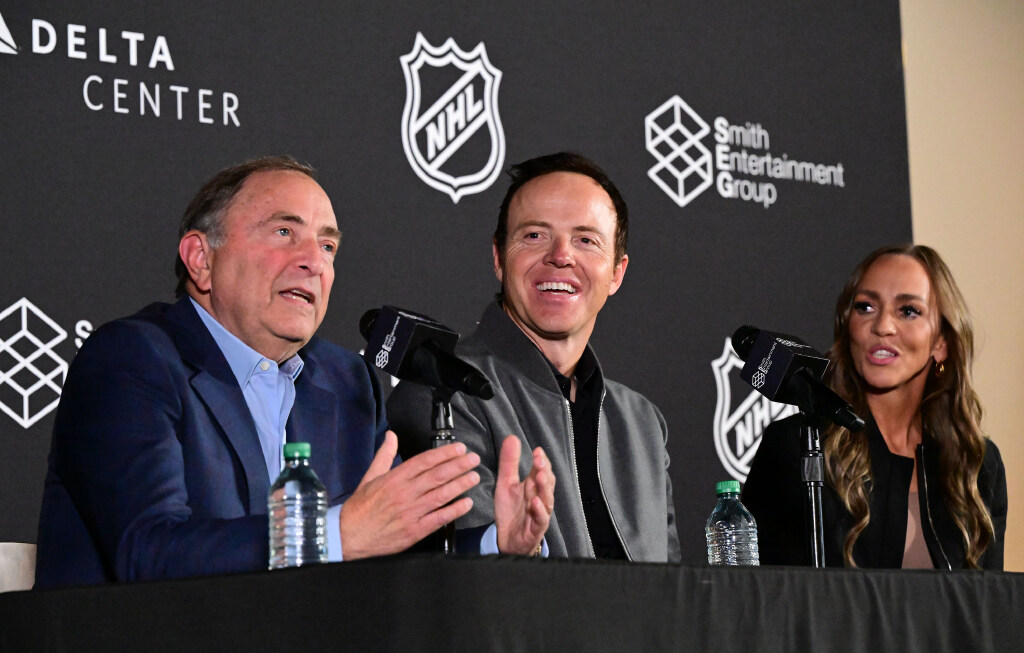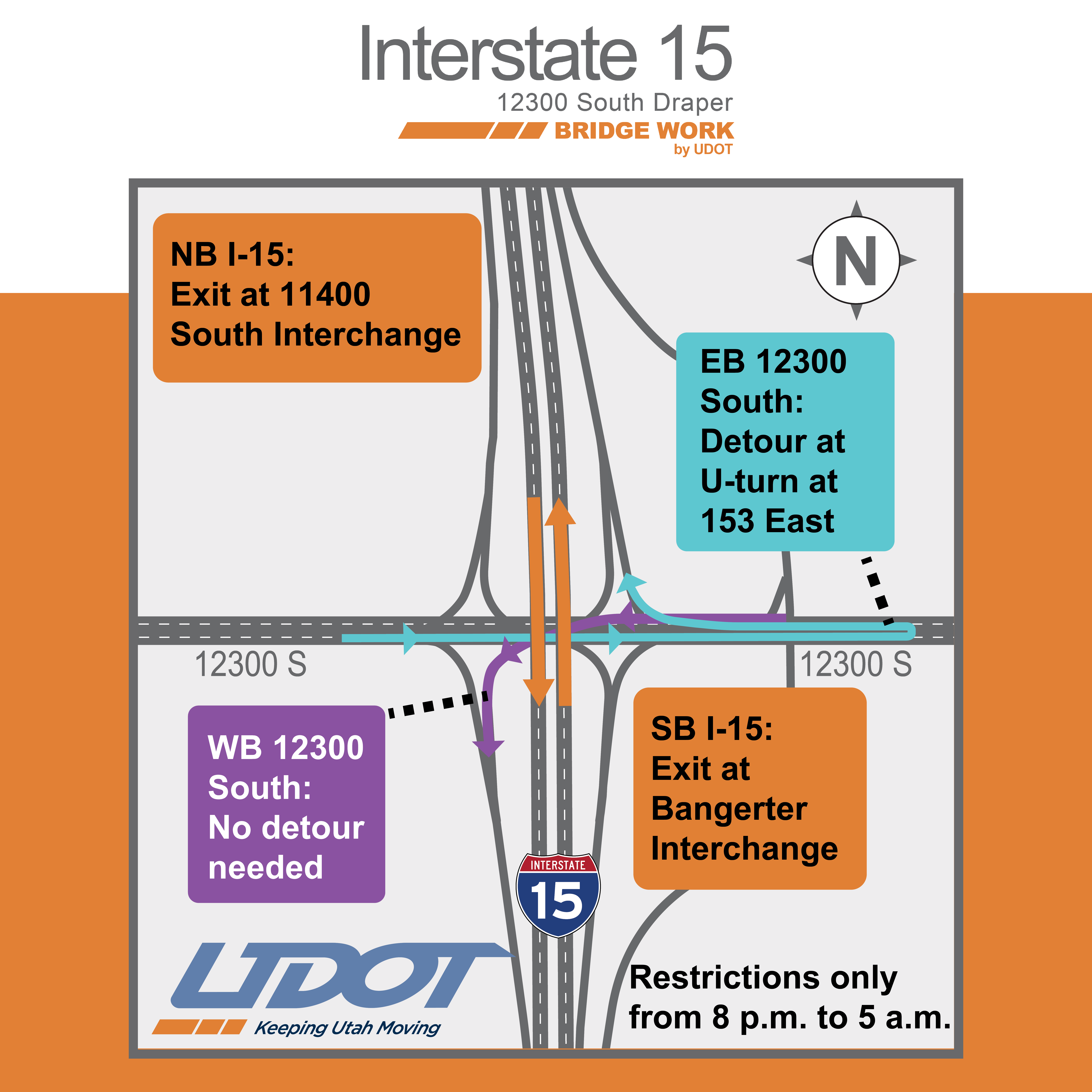A Secret Trail To Utah’s Protected Paradise
Oct 24, 2019, 10:09 PM | Updated: 10:53 pm
CANYONLANDS NATIONAL PARK — To a hiker, a destination can seem extraordinary — even soul-stirring — if it’s rarely visited by other human beings. There’s one such place in Utah where footprints are made — legally — only once in a while by scientific teams. Although it’s in the middle of world-famous scenery inside Canyonlands National Park, it’s actually illegal for hikers to go there.
Even the trail that leads to it is a carefully guarded government secret.
The National Park Service approved what rangers believe was the first visit ever by a news crew. A team from KSL TV and the Deseret News hiked in under strict conditions: a pledge of secrecy about the details of the trail and a promise not to disclose geographic information about the protected paradise.
The place — which goes unnamed in this news report — has been a subject of scientific interest for more than a half-century. That’s because of one striking fact: cattle have never managed to find the place.
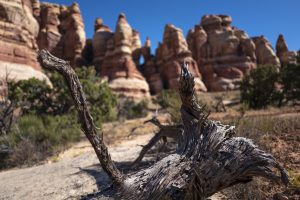
As part of the agreement with the National Park Service, the KSL TV and Deseret News crew promised not to disclose the path’s location inside Canyonlands National Park. (Scott Jones)
“Never been grazed, never been prospected,” said Terry Fisk, chief of resource stewardship and science for the Southeast Utah Group of National Parks.
The Secret Trail
An adventure to the secret destination typically begins with a long four-wheel-drive trip. It’s in a region that can punish travelers on paths so rugged they barely qualify as roads. But it rewards visitors with stunning red-rock vistas.
“Just the different colors of the rock are pretty amazing,” said backcountry ranger Adam Lavender. He piloted a rock-crawling SUV over sandstone shelves that would stop most vehicles. Under the rules of the trip, it can only be reported that his route is somewhere in Canyonlands National Park.
The hike by a contingent of scientists, park officials and journalists began with a gentle uphill walk in a wide dry wash, typical of the region. If tourists hike to the same destination, National Park Service rangers will bust them.
“Without a permit and access with a ranger, then it’s a fineable offense,” Fisk said.
Partway along the trail, park officials asked news photographers not to show a crucial turnoff into a narrower dry wash.
“So, what we’re going to do is we’re going to walk past the wash,” said National Park Service scientist Matt Van Scoyoc, explaining a standard deception maneuver the team uses. They deliberately walked past the turnoff in the trail to fake out anyone who might try to follow the tracks. Then, they doubled back to the smaller wash, walking on dead vegetation and rocks to avoid footprints.
At some trail junctions, they literally covered their tracks by brushing sand over them to wipe them out.
“We don’t want to advertise it as a route that the general public would see footsteps and say, ‘Well, we should maybe go see what’s up there,'” Fisk said.
Along the route, several rock ledges serve as barriers. Scientists and rangers can scramble up and over the rocky shelves, but no cow would ever climb them.
As the team approached the “inner sanctum,” they encountered an unworldly final passage. It’s a natural tunnel that climbs at a steep angle through a massive cliff. It’s nicknamed “The Wormhole.” In science-fiction, at least, a wormhole is a pathway to another part of the universe.
“This is really why there are no cows in here,” Van Scoyoc said, pointing upward through the tunnel to another rock ledge that forms a barrier at the upper end.
For the team, there was one final scramble over the sandstone wall. And then…they were there.
The Protected Paradise
“Oh, it’s just magical in here,” Fisk said as he emerged from The Wormhole and stepped into the protected area. It’s a huge natural arena covering 200 acres, with 62 acres of grassland guarded all around by an almost perfect circle of cliffs.
“I mean, it’s gorgeous here,” said Anna Knight, a scientist for the U.S. Geological Survey.
To an untrained eye, it doesn’t look much different from the surrounding scenery.
The entire region has red-rock landscapes that are so spectacular they draw tourists and hikers from every corner of the world, so the protected paradise is unsurprisingly beautiful.
But in the eyes of scientists, it’s an especially valuable place to study. They believe it’s the largest grassland in the Four Corners region that has never seen a cow. It was apparently unaffected by the cattle boom that brought cows to the West in the 1800s.
“There was really almost nowhere they didn’t go,” said Mike Duniway, a scientist for the U.S. Geological Survey. “This place was ungrazed because it’s so hard to get in here.”
“It’s kind of a sense of awe because you get to see the landscape as perhaps it was before Europeans arrived here,” Fisk said. “And that is vanishingly difficult to do in this day and age.”
But most people will never see it — the National Park Service closed it to outsiders in 1993.
The Unspoiled Grassland
Twice a year, scientists hike in and spend a few days studying the unspoiled grassland. The first studies were done by Brigham Young University in the 1950s; the current study began in the mid-1990s.
Over the decades, scientists have been able to monitor the changes — and the things that don’t change — in an environment that’s more nearly-natural than the rest of Canyonlands National Park.
The soil is unbroken by hoofs, heavily encrusted with crypto-biotic organisms, thriving with native plants.
Using different kinds of traps, scientists monitor dust in the air, a growing worldwide problem. One set of traps is designed to catch dust that enters the area from distant sources, some as far away as China.
“That’s the really remarkable thing, is how far this dust can travel and then settle down into these traps,” said Sean Hoy-Skubik of the U.S. Geological Survey.
Another set of traps is designed to gather dust that’s generated close by, from the soil that’s within the protected zone.
“So that’s about five months’ worth of dust that we sampled there,” Knight said as she tapped a few flecks of dust into a plastic sample bag. Even on windy days, the crunchy, untrampled soil gives up almost no dust at all.
Pointing to the soil hardened by micro-organisms, Knight said, “Some of the crust with cyanobacteria on top, it sort of produces this solid layer that prevents dust from getting airborne.”
Numerous scientific papers have been published about the protected grassland, comparing it with other areas that have been grazed.
“The landscapes are fragile,” Fisk said. “Once they are disturbed beyond a certain point, it’s very difficult for them to recover. And it takes a long time.”
But the undisturbed place, protected from hoofs and shoe-leather, seems to adapt better as the climate warms and as precipitation becomes more variable. It even does a better job of keeping invasive species — such as cheatgrass — from getting out of hand.
“We want those new insights to help us better inform how to manage these landscapes in a changing world,” Duniway said.
The new science that’s emerging from the protected zone may even turn out to help cattle ranchers.
“If the research that comes out of this is able to help them manage their lands better, then maybe that’s a boon to them as well,” Fisk said.
To avoid doing their own trampling of the soils, the scientists confine their own walking to a network of narrow foot-trails connecting the study sites. They know that too many footprints — or cattle tracks — would undermine the scientific research.
“The parks are here to serve the public, and so you have to have really good reasons for closing a place,” Knight said. “The incredible scientific value of this place is a good enough reason.”
That’s why a shroud of secrecy will continue indefinitely, protecting a small piece of one of nature’s vast masterworks.

